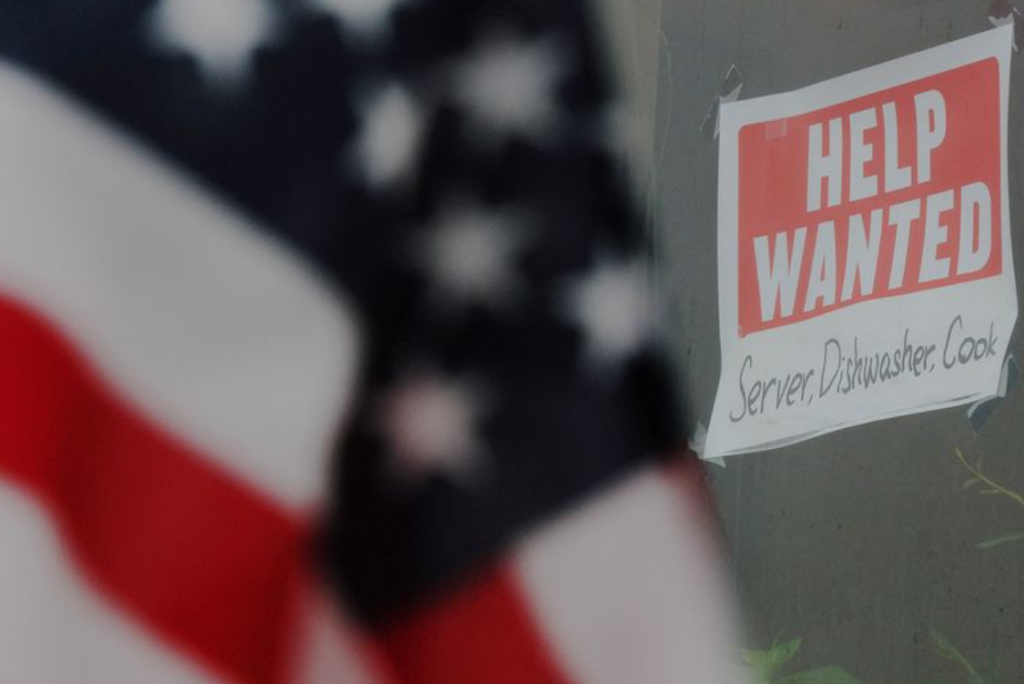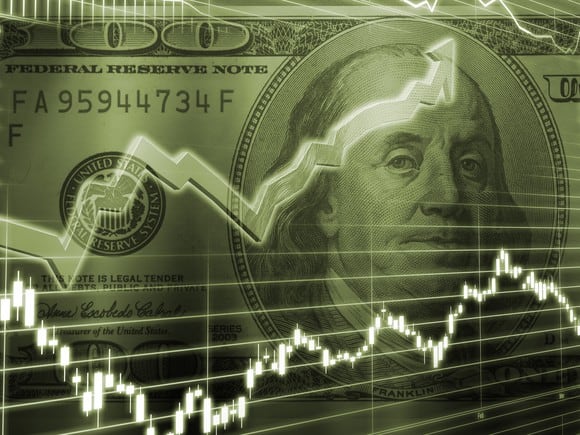
The U.S. job market in April cleared a key hurdle in its slow return from the COVID-19 pandemic when a wonky economic chart known as the “Beveridge Curve” finished its own journey from where it had shifted during the health crisis back to where it was in 2018 to 2019.
The Beveridge Curve plots the relationship between job openings and the unemployment rate, and data released on Tuesday further validates an idea floated by Federal Reserve Governor Christopher Waller in mid-2022 that, counter to the idea that inflation could only fall with a large rise in the unemployment rate, the pandemic’s elevated level of job openings pointed to an alternate path.
A drop in job openings could create the economic “slack” needed for inflation to fall without much change in actual joblessness – returning the Beveridge Curve to where it was.
As of April, that appears to be what has happened.
The story isn’t completely written: Inflation, which was running at 2.7% in April based on the Fed’s preferred measure, is not back to the U.S. central bank’s 2% target, and recent progress has been sluggish.
But measures of what’s happening in the labor market are looking increasingly like they did before the pandemic.
NOT A MARQUEE CONCEPT
The Beveridge Curve is not one of the marquee economic concepts beyond the community of labor experts, but it has had a moment during the pandemic, with a large shift at the start of the health crisis and now a round trip back. Still unresolved is whether further progress on inflation – the so-called “last mile” – will require a move along the normal part of the curve, with further declines in job openings associated with rising unemployment.
JOB OPENINGS TO UNEMPLOYED
As the economy reopened from the pandemic, firms scrambled to meet a wave of demand. Job openings spiked. The ongoing health crisis, however, put a damper on the willingness to work, crimping labor supply.
By the spring of 2022 the Bureau of Labor Statistics estimated there were more than two open jobs for each unemployed person. The number before the pandemic never went much beyond 1.24.
In April it had returned to 1.24, a steady realignment between the demand for workers and those available to fill jobs.
QUITS RATE
From “ghosted” employers to a wave of retirements, the pandemic was a moment of peak leverage for people who wanted to negotiate new terms, a new job or better pay, or simply not show up. The quits rate told the tale, with nearly 3% of the workforce leaving jobs every month from mid-2021 to mid-2022 – a historic reshuffling of the labor market.
Much to the relief of human resource officers as well as Fed policymakers, it has been at 2.2% for six straight months, below where it was before the pandemic.
UNEMPLOYMENT RATE
An unemployment rate of around 4% is what the U.S. can support without rising inflation, according to Fed economic projections. But in mid-2018 the jobless rate dipped below that level and, as the spike in unemployment caused by the pandemic receded, resumed the same trend in early 2022. Whether that represents a “new” normal of high comparative demand for labor remains to be seen; job markets may just be functioning better through, for example, technology that improves matching and allows for faster hiring.
Regardless, it’s another way today’s job market looks like it did before the coronavirus outbreak.
MONTHLY PAYROLL GROWTH
The release on Friday of the U.S. government’s monthly jobs report will provide the latest look at a key aspect of labor normalization when employment and job growth data for May are released.
Even if the U.S. population is growing slowly, it is still growing, so more jobs are needed each month to keep pace. Exactly how many more is a matter of debate. There are estimates of fewer than 100,000, though lately a jump in immigration has led to speculation that the number could be double that figure.
The job growth seen during the post-pandemic reopening of the economy, however, is widely considered unsustainable. It has been slowing, with a pace gradually coming into line with the average of 183,000 per month seen in the decade before the health crisis.
























